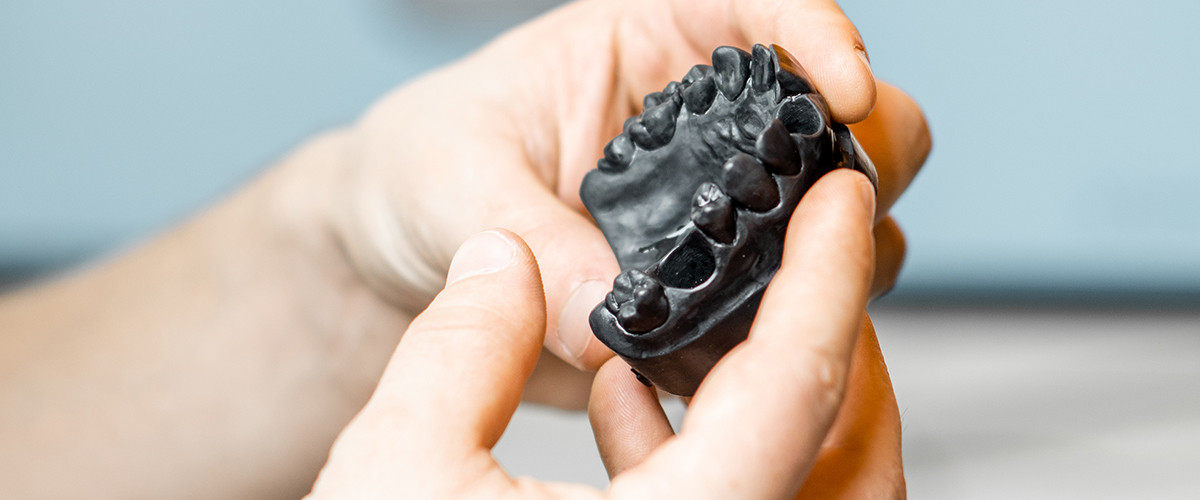Selecting the most suitable surface finishing technology is critical to prove the viability of additive manufactured components from a cost and functional standpoint. In order to improve the appearance, surface roughness and mechanical properties of polymer 3D printed parts, post surface processing remains an important factor. To help you achieve this, our range of technologies are available as standalone machines or can be integrated as fully automatic systems.
Wondering what is involved in processing 3D printed polymers? We’ve outlined the three simple steps we follow at ActOn Finishing…
- The residues from the 3D printed process can be removed using shot blast equipment. Our AM Blasting technology has been designed to remove residue from parts with complex geometries, in an efficient way. Depending on your requirements, you can choose from our AM Blasting Excel Series, AM Blasting Smart Series or AM blasting Solid Series.These all produce a smooth, reliable and repeatable finish each time.
- Surface finishing with vibratory finishing technology allows you to get a smooth surface finish.The fastest technology for this industry is our CDF machine which is perfect for processing small and thin components, as well as larger parts with a length of up to 150mm.However, our Vibratory Finishing Troughs and Bowls are ideal for anyone looking to finish medium/high volumes.
- For deburring, descaling, degreasing, cleaning, smoothing, radiusing, polishing and drying, our Automated Vibratory Finishing Systems are ideal. They’re suited for small batch works and delicate components, which can be used as either a batch or a continuous system.

Surface finishing polymer 3D printed parts: The results
Using a combination of process technologies, we strive to accomplish optimal results at ActOn Finishing. We recently developed a vibratory finishing solution to smooth 3D printed polypropylene parts, manufactured by Ricoh UK Products. The initial surface roughness of the parts ranged between 3.6 microns to 13 microns. We carried out two trials using our Vibratory Finishing machines. Using a highly abrasive ceramic media and a concentrated liquid compound, that acts like a cleaner and polisher, we finished the 3D printed parts in our Vibratory Bowl machine, for 20 hours. We then decided to also test the finishing process in an ActOn Trough Vibratory Finishing machine.
The Ra value started at 7.2 Microns and after the 4 hours process, in the Trough machine, this was reduced to 5.9 Microns and then to 3.681 Microns in 8 hours. There were no signs of contamination and the part looked good visually.
Find your perfect surface finishing process
We hope this has helped you to gather a better understanding about surface finishing for polymer 3D printed parts and how optimal results can be achieved. To find out further information or to organise your free processing trial, please fill in our form and an ActOn engineer will be in touch to recommend the best surface finishing process for you.






